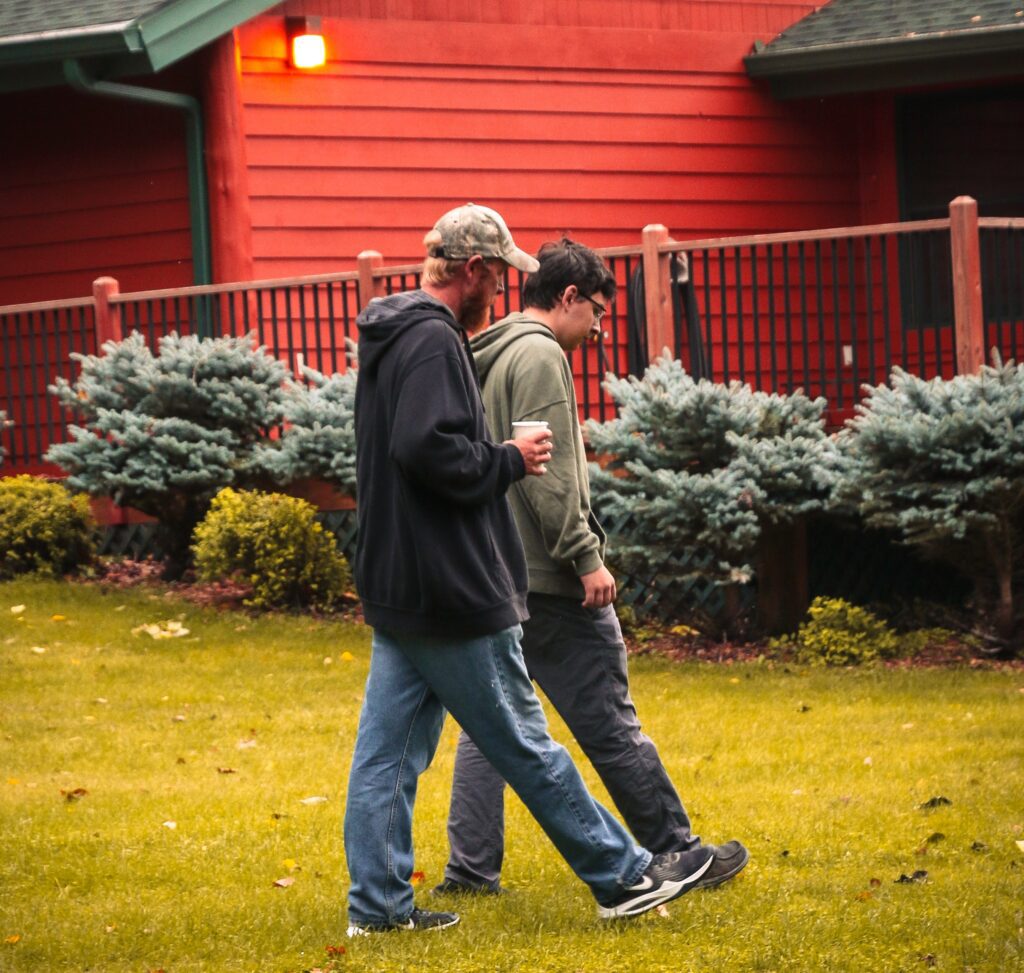Permanency is not a word most people think about often; the general public does not always understand the significance of the supportive connections they have access to. In our work, permanency is a topic we talk about every day and engage youth in conversation about. We typically look at permanency in three ways: legal, physical, and relational/emotional.

Legal Permanency
When we think of legal permanency, we are thinking about the relationship between a parent and a child that is recognized by law. In our work, this is often through adoption, though we also support a parent’s right to know they can petition to have their parental rights reinstated if 4 years have passed since their initial termination of parental rights (TPR). Legal permanency is important because it ensures youth have someone who is legally there to parent, support, and show up for them in times when rules and laws make it difficult for other relationships to receive information.
Physical Permanency
When we think of physical permanency, we are thinking about a physical location that youth are always welcome and comfortable. While this may be the place they call home, it also might not be. Instead, it is a place where they are physically safe and welcomed for who they are. Physical permanency is important because it ensures youth have a safe place to spend their time and are housed and secure.
Emotional Permanency
When we think of relational or emotional permanency, we are thinking about the people and communities where youth are safe enough to show their true selves and receive unconditional love. This might come from siblings, relatives and/or kin (friends, coaches, teachers, neighbors, mentors, foster parents, etc.). Adulthood is hard and having safe and supportive adults to help you navigate this period of life is necessary in developing a positive sense of safety, security, and identity.
While these three forms of permanency may all show up in one place for some youth, this is not always the case or what youth want for their lives. We work with youth to understand who they are, what is important to them, and what they want for their lives so we can best partner with them on this journey of finding and supporting permanency. When youth feel connected to others and like they genuinely matter, it is amazing to see what can happen in their lives.
Amber Buer is Ampersand Families’ Youth Services Program Director.




